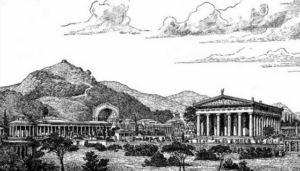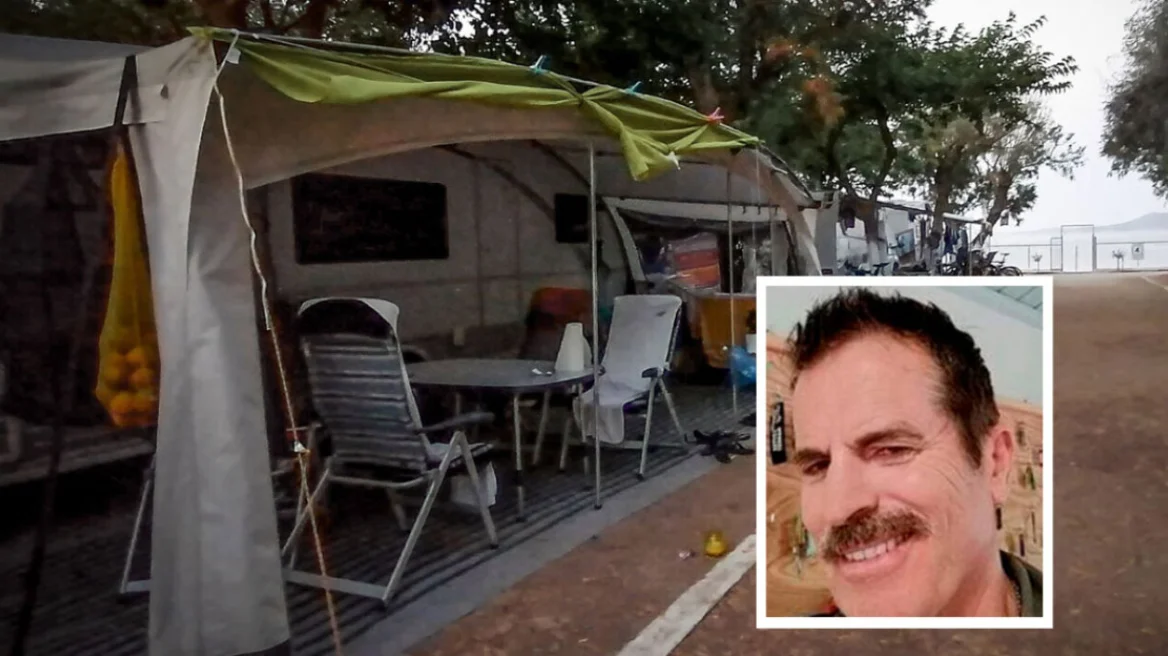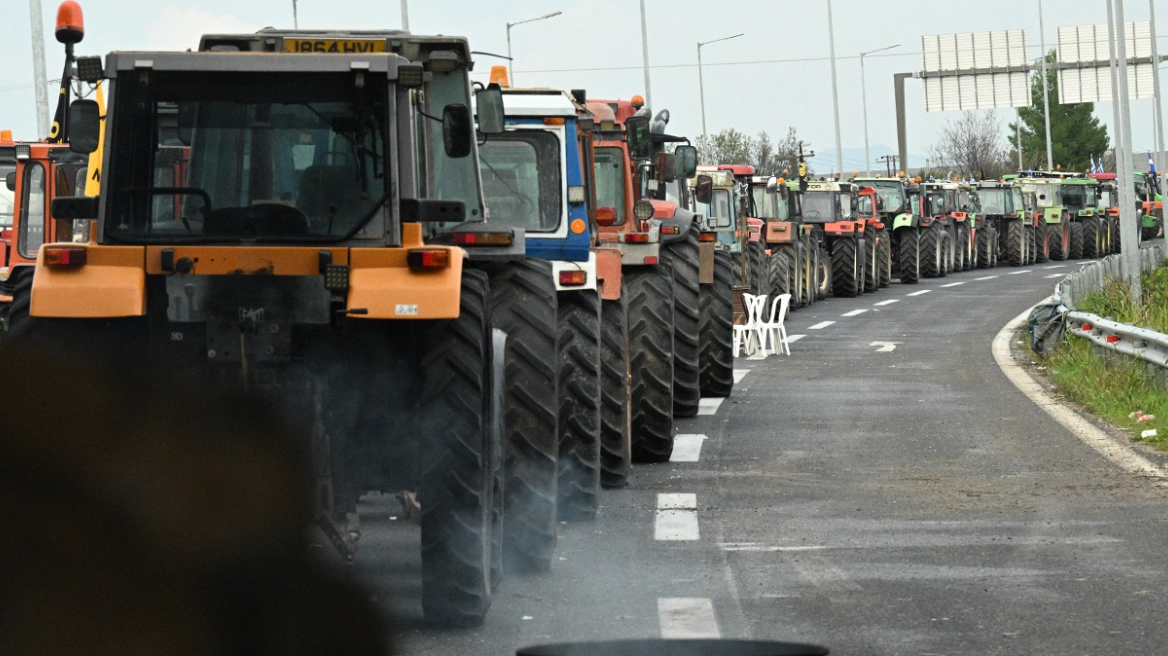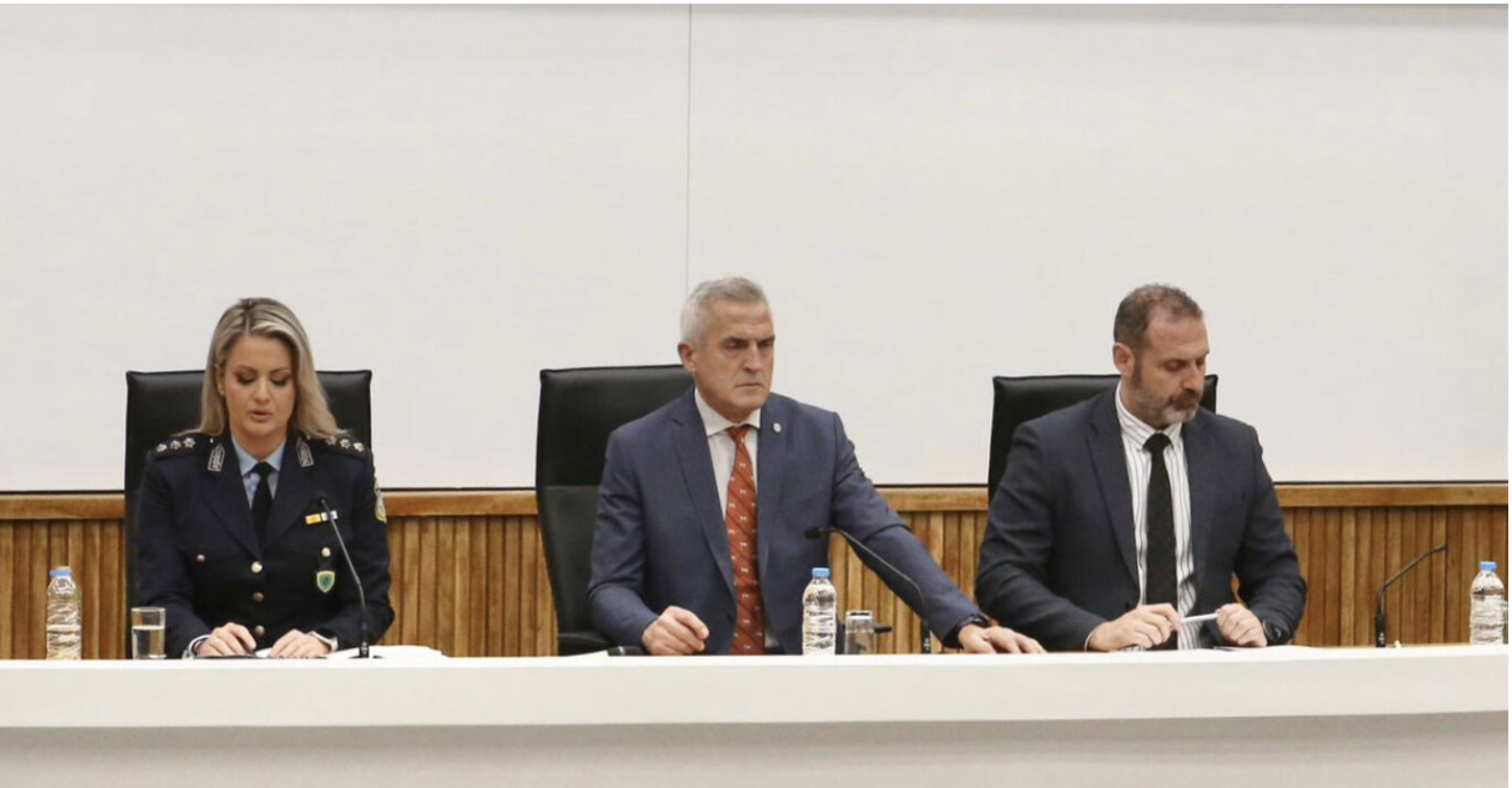Long before the Greek Olympic Games became the dominion of a male god, ancient symbolism was embedded in the Hieros Gamos (Sacred Marriage ceremony) practiced at Olympia, a sanctuary in a serene valley called Altis, nestled between the Alpheus and Cladeus Rivers in the regional district of ancient Elis, tucked away in the north-west corner of the Peloponnese peninsula of Greece. c. Initially only women participated in rituals and games to honor the goddess, but then invaders usurped the land and annexed the sanctuary and installed their male god, Zeus at Olympia.
The region of Elis was split into three parts; Ceole in the north where the polis of Elis was situated; Pisatis in the middle with the polis of Pisa; and Triphylia, the mountainous area in the south bordering the Alpheus River. The sanctuary of Olympia fell within the administration of Pisa. The name ‘Olympia’ could derive from the word Olympus, an epithet of the goddess Olympia Ge (Mountainous Ge).
The ‘Grand Lady’ of the Ionian Sea: Culture on Corfu
The ancient Olympia Sanctuary lies at the foot of the Mount Kronos in the Altis valley and priestesses and female athletes ascended this hill to a chasm shaped like vulva in the rocky slope, purported to be the sacred abode of the oracle of the ancient Mother-Goddess, where Chthonia, the First Prophetess, shared her prophesies. Votive offerings were left at an altar for the Mother-Goddess who in her shape as Ge, Gaia, Rhea, Hera, Selene and Demeter, had been worshipped at this sanctuary since prehistoric times, as pottery dating from the Neolithic (4000 – 3000 BC) to the Middle Helladic (1900 – 1600 BC) indicates. Cycladic marble figurines representing the Mother-Goddess were found in the region.
Read more: Ancient Origins
Ask me anything
Explore related questions





